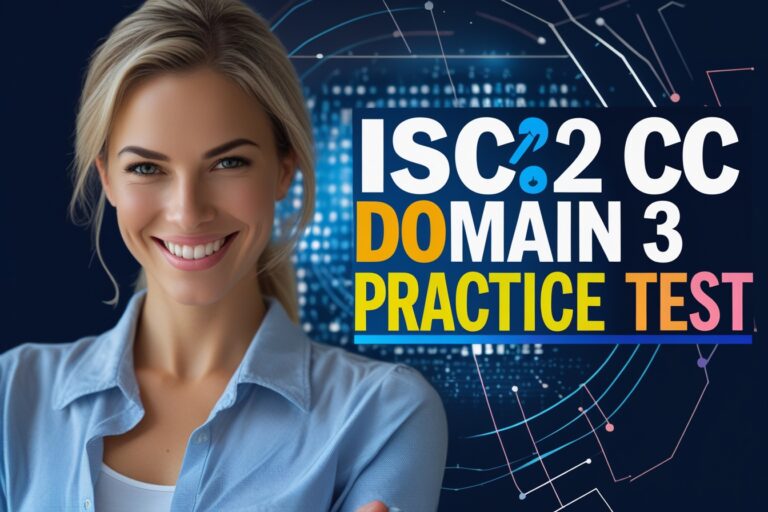1. …………………… tier it’s much easier to design the application to be DBMS agnostic.
A) Middle application server
B) Multithreaded application
C) Application server
D) Client-server application
2. Which of the following is not the correct benefit of distributed computing.
A) Resource sharing
B) Performance
C) Availability
D) Security
3. ………………. serve as the ‘glue’ between the client and server applications respectively, and that ORB.
A) ORB and ORB Interface
B) CORBA IDL stubs and skeletons
C) Client and servant
D) Client and server
4. In …………………… the client invokes the request and then blocks waiting for the response.
A) Deferred Synchronous Invocation
B) One way Invocation
C) Synchronous Invocation
D) Two-way Invocation
5. In …………………. the client invokes the request, continues processing while the request is dispatched, and later collects the response.
A) Deferred Synchronous Invocation
B) One way Invocation
C) Synchronous Invocation
D) Two-way Invocation
Table of Contents
Read Also: Solved MCQ of Wireless Mobile Communication
6. ………………………. provides programmers a familiar programming model by extending the local procedure call to a distributed environment.
A) Distributed environment
B) Permanent procedure call
C) Process and file
D) Remote procedure call
7. The ……………………….. in the object’s descriptor is passed as the second argument to the remote object’s constructor for the object to use during activation.
A)Activation Desc
B) Marshalled Object
C) Activation Exception
D) Activation Object
8. …………………… allows clients to invoke requests without having access to static stubs and allows the server to be written without having skeletons for the objects being invoked compiled statically into the program.
A) The Object Adapter
B) Dynamic Skeleton Interface
C) Server Process Activation
D) Client Process Activation
9. ……………………. serves as the glue between CORBA object implementations and the ORB itself.
A) The Object Adapter
B) Dynamic Skeleton Interface
C) Server Process Activation
D) Client Process Activation
10. …………….. refers to computing technologies in which the hardware and software components are distributed across a network.
A) Client and Server
B) User and System
C) User and file server
D) User and database server
Answers:
1. …………………… tier it’s much easier to design the application to be DBMS agnostic.
A) Middle application server
2. Which of the following is not the correct benefit of distributed computing.
D) Security
3. ………………. serve as the ‘glue’ between the client and server applications respectively, and that ORB.
B) CORBA IDL stubs and skeletons
4. In …………………… the client invokes the request and then blocks waiting for the response.
C) Synchronous Invocation
5. In …………………. the client invokes the request, continues processing while the request is dispatched, and later collects the response.
A) Deferred Synchronous Invocation
6. ………………………. provides programmers a familiar programming model by extending the local procedure call to a distributed environment.
D) Remote procedure call
7. The ……………………….. in the object’s descriptor is passed as the second argument to the remote object’s constructor for the object to use during activation.
B) Marshalled Object
8. …………………… allows clients to invoke requests without having access to static stubs and allows the server to be written without having skeletons for the objects being invoked compiled statically into the program.
B) Dynamic Skeleton Interface
9. ……………………. serves as the glue between CORBA object implementations and the ORB itself.
A) The Object Adapter
10. …………….. refers to computing technologies in which the hardware and software components are distributed across a network.
A) Client and Server
Read Next: Solved MCQ of Network Architecture set-1
Read More: Computer Networking MCQ Questions Collection








